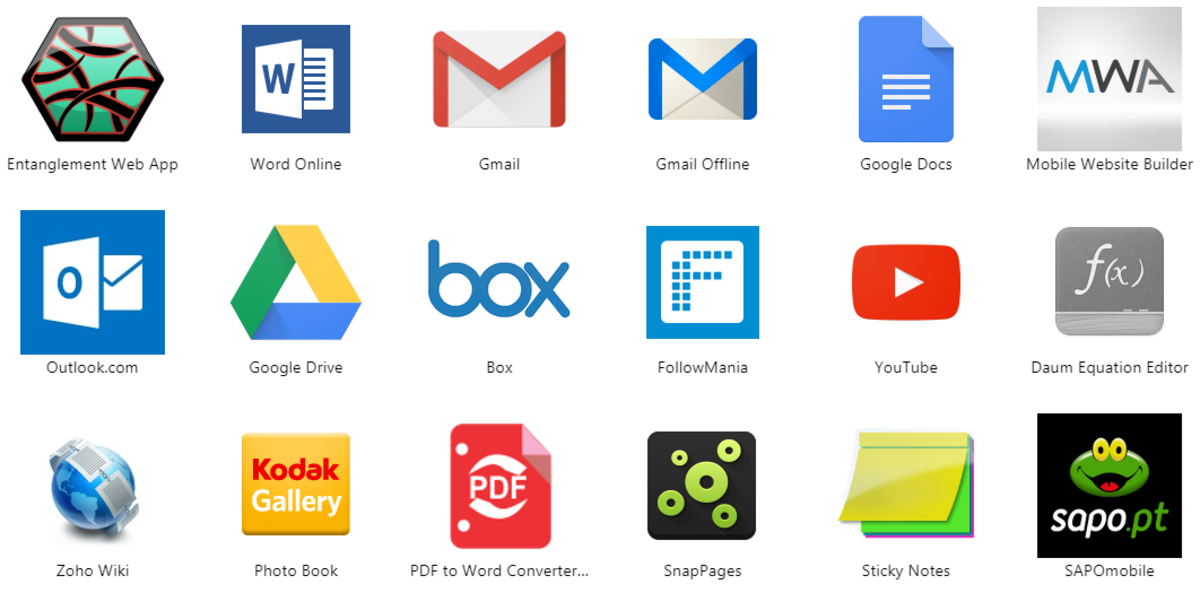Application of Cloud Computing In IT Industry
Cloud computing is the delivery of computing as service instead of a product. This is whereby, the software, resources and information are provided to computers, as well as other devices as utility over the internet.
During the year 2008, the IT industry in general recognized cloud computing as a concept that was capable of transforming the sector. In this industry, the platform service, (PaaS), the infrastructure service (IaaS) and the software service (SaaS) has been employed as common taxonomy in cloud computing. Since, 2009, the industry has been focused on addressing business, technological, technical and managerial issues to establish and deliver effective cloud services.
Cloud computing has been widely used on applications that are web based, as well as third party file storage solutions. It facilitates easy access to individual or organizational programs and files from different devices irrespective of the place in which devices are in the world. In other words, the applications and files exist in the “cloud” since they are not stored physically in the individual or organization hard drive. Cloud computing gives both large, small and individuals multiple options for various business activities.
Cloud computing concept in IT has evolved from grid computing and data centers to filling the spectrum that range from raw physical infrastructure to the final software used by end users. An example where this concept has been applied in this sector is the introduction of applications such as Hadoop, BigTable and MapReduce to process large quantity of data sets that were not possible before. Further, cloud computing applications have also been known to achieving a scalable scheduling in a faster and easier way. Another advantage for this application is that their critical nature, which is mostly non-mission, requires only modest facilities in disaster recovery.
In essence, cloud computing has changed and continues to change the way people utilize the website, as well as how they store their documents and files. The structure of cloud computing can be related to that of Amazon, Facebook and Twitter and the basis that enables people to benefit from such services like Gmail, Google Docs and so on. The transformation from being an individual hardware dependent, into a world in which resources can be shared among the masses is gradually developing and gaining recognition. The opportunity of accessing software and data in any place that is required has made and continues to make this application an appealing one to many.
Despite the benefits associated with cloud computing, there are also various drawbacks that are related with its implementation. For instance, there are various issues that need to be considered while implementing cloud computing in organizations. Among these is that an organization will have to limit itself to the amount of advanced security tools that can be put into their systems. This is because the cloud environment may not allow many other security tools to be put in place unless such an environment is specifically tailored to incorporate them. An example in this perspective is the use of DLP, abuse detection and misuse that is not currently availed to Google Apps users.
Further, with cloud computing, a firm may not be able to limit the access of its systems to only the internal staff or management. Organizations will also have little control concerning the quantity of audit information that is collected. Similarly, the organization may not be able to access all the log data despite claiming ownership of their data.








